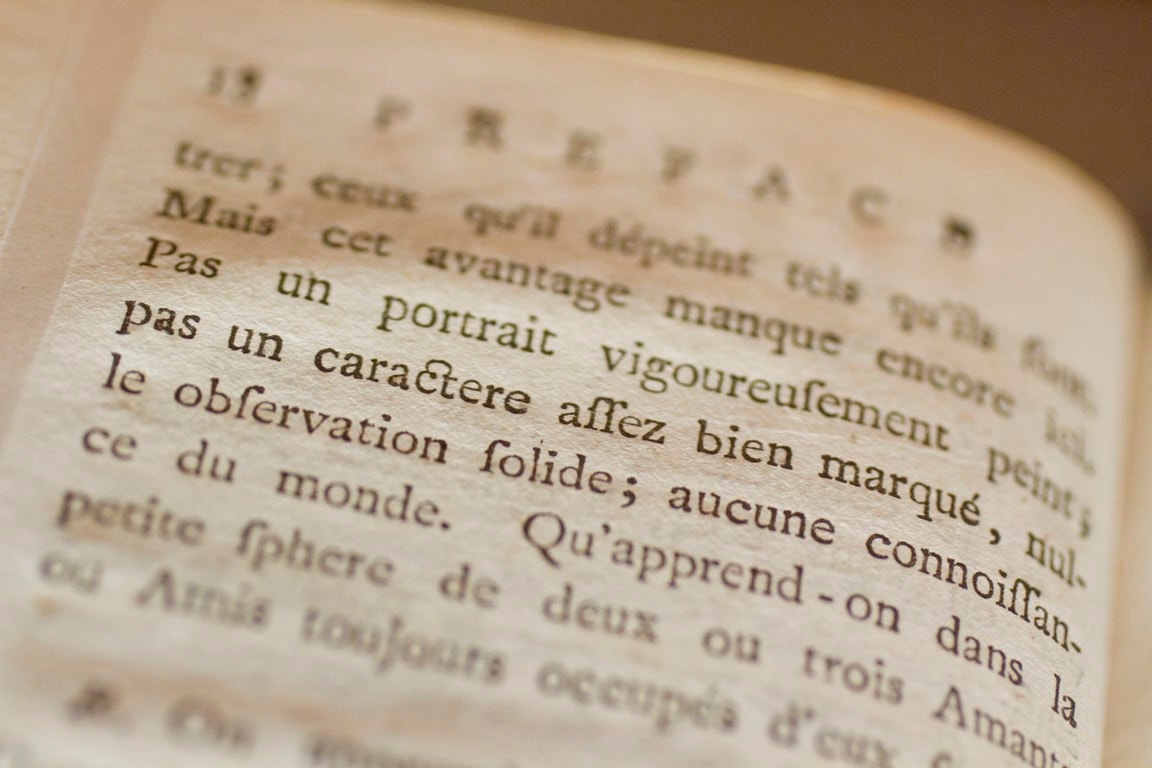The interplay between the Bahá’í teachings and the realms of arts and literature presents a profound manifestation of the spiritual and aesthetic dimensions of human existence. Central to these teachings is the assertion that creativity is not merely an external expression but a divine faculty that connects individuals to the spiritual realm. The Bahá’í Faith, illuminated by the writings of its central figures, promotes a perspective that intertwines artistic expression with spiritual enlightenment, urging adherents and artists alike to explore the depths of human experience through creativity.
At the core of Bahá’í principles lies the belief that art serves as a bridge between the material and spiritual worlds. This perspective invites individuals to transcend the superficiality often found in contemporary artistic expressions, encouraging a deeper contemplation of the artistic process. The creative act is viewed not simply as a means of self-expression but as an essential avenue for discovering and promoting truth. Such a viewpoint encourages a transformation in how one perceives art and literature—not as isolated endeavors, but as integral to the collective evolution of humanity.
Furthermore, the Bahá’í Faith places a great emphasis on the unity of humanity, which finds its resonance in arts and literature. Acknowledging the diverse cultural backgrounds and historical contexts from which artistic expressions emerge, Bahá’í teachings advocate for a synthesis of various influences. This unfolding of artistic diversity serves to unite rather than divide, promoting a global perspective that reflects the interconnectedness of all people. Literature, in this respect, becomes a powerful medium for conveying universal themes, fostering understanding across different cultures and peoples.
One of the most compelling aspects of the Bahá’í approach to arts is the encouragement of collaboration among artists from diverse backgrounds. This emphasis on collective creativity not only enriches the artistic landscape but also embodies the Bahá’í emphasis on unity and collaboration. In collaboration, artists share their unique perspectives and innovative techniques, culminating in works that reflect the multifaceted nature of human expression. This synergy often results in art that resonates on deeper levels, illustrating shared narratives and universal truths that transcend individual experience.
The teachings further assert that the pursuit of beauty is a spiritual endeavor. In a world frequently marred by conflict and discord, the creation of beautiful art and literature serves as a profound act of service. Such creations inspire hope, uplift the spirit, and instigate a yearning for a more harmonious existence. This belief in the transformative power of beauty prompts a re-evaluation of the role of arts; they are no longer seen merely as aesthetic pursuits, but rather as essential components of social progress and spiritual growth.
Moreover, Bahá’í literature itself serves as a rich reservoir of artistic inspiration. The writings of Bahá’u’lláh, the founder of the Bahá’í Faith, are imbued with poetic language and profound metaphors. His works are not only theological but also possess a lyrical quality that can move hearts and provoke thought. The beauty of the composition of these texts calls to mind the intricate relationship between spirituality and artistry, providing a prime exemplar of how literature can encapsulate and convey divine truths.
Additionally, the concept of the ‘Word of God’ in Bahá’í teaching introduces a fascinating dimension to the literature of the Faith. Each written work is considered a sacred gift, a manifestation of divine will that serves to guide humanity. This reverence for the written word situates Bahá’í literature within a sacred context, elevating it beyond common literary composition. Such a perspective further motivates Bahá’í authors and poets to produce works that not only reflect personal experiences but also resonate with the universal principles of the Faith.
Artistic education, as advocated in Bahá’í teachings, is also noteworthy. By emphasizing the importance of cultivating one’s artistic talents, the Bahá’í community recognizes that every individual possesses a degree of creativity. It is imperative therefore to nurture this capacity through education. Educational initiatives can encompass workshops, collaborative projects, and accessibility to resources that guide the artistic journey. Emphasizing the importance of integrating artistic education within communities fosters an environment conducive to holistic development, enabling individuals to push boundaries and explore new horizons in creative expression.
Moreover, the impact of arts and literature in fostering dialogue about pressing social issues cannot be overstated. Bahá’í teachings encourage the use of artistic avenues to challenge injustice, promote equity, and encourage deeper societal reflection. Literature and art spark conversations that can lead to advocacy, understanding, and ultimately, reform. When artists focus their efforts on these themes, their works illuminate the intricacies of the human condition, compelling audiences to question, reflect, and engage with the world around them.
In conclusion, the synthesis of Bahá’í teachings with arts and literature offers a covalent bond between the material and spiritual spheres, encouraging a more profound exploration of humanity’s collective experience. Through art, individuals are invited to examine their responses to the world, seek beauty, and pursue unity. The creative process stands as a testament to the divine attributes inherent in each individual, while literature acts as a catalyst for social dialogue and understanding. Overall, the integration of Bahá’í principles into the fabric of artistic expression serves not only to enhance cultural diversity but also to foster a deeper connection to humanity’s shared destiny.
